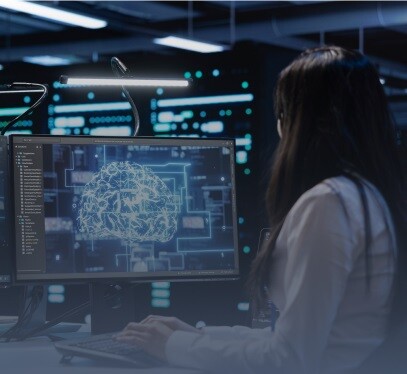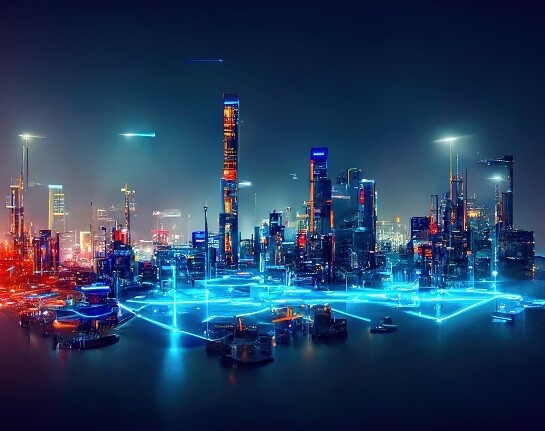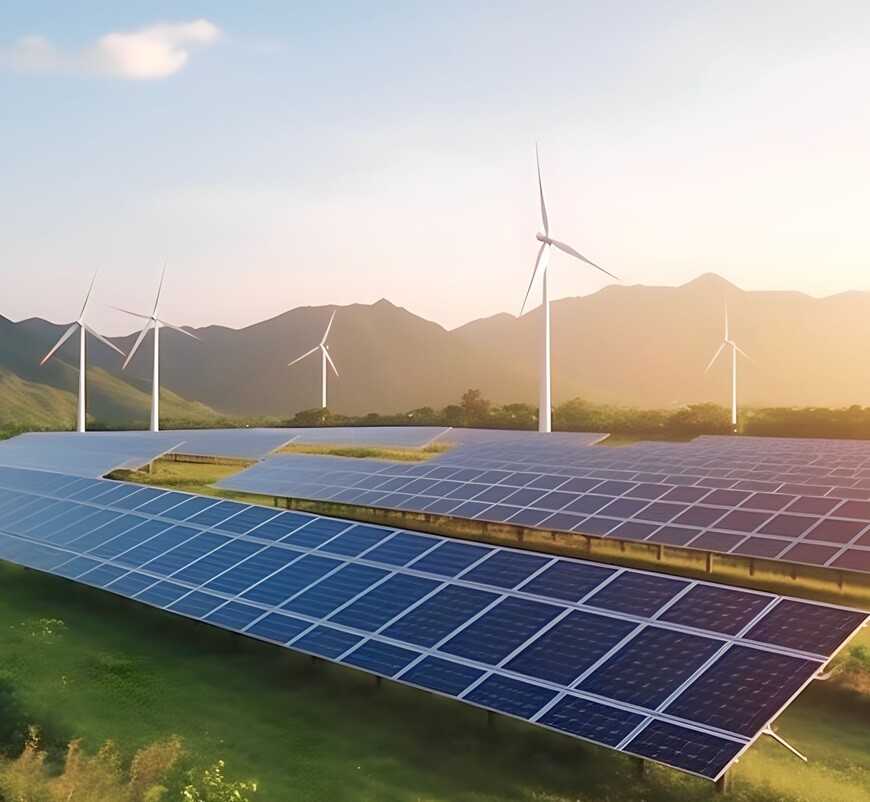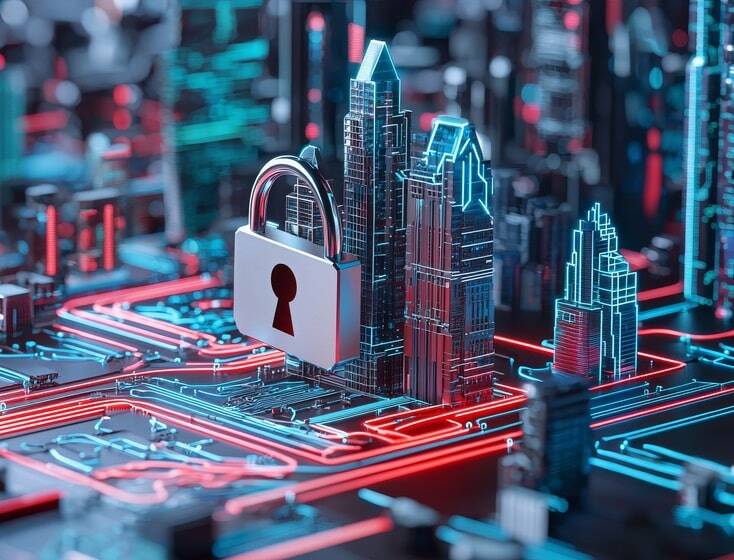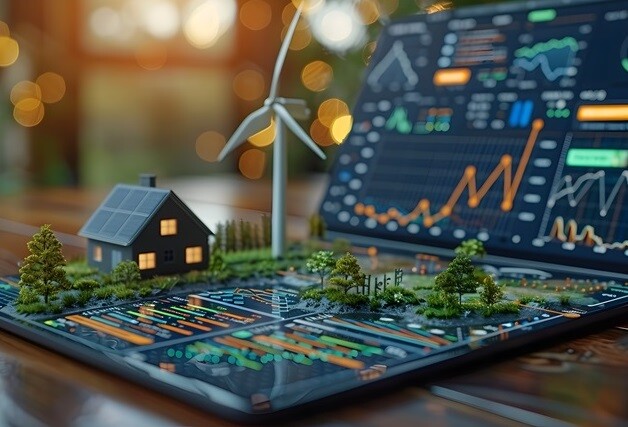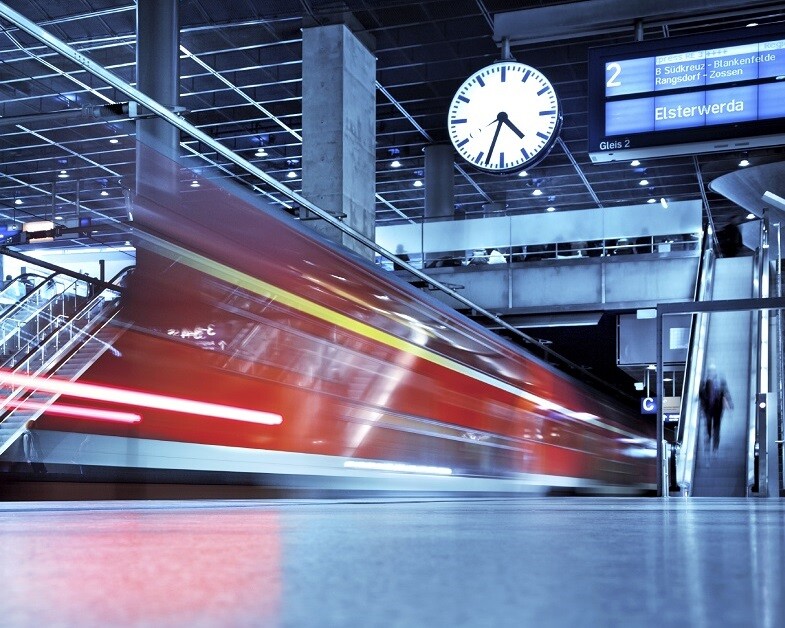Value-driven and technology savvy. We future-proof your business.
nagarro
an outstanding digital
solutions developer and a
great place to work in.
relations
governance, reports,
announcements, and
investor events.
press releases
doing, and what people
are talking about.
sustainability
Learn about our
initiatives.
Enterprise
becoming a Nagarrian?
-
industriesindustries
- automotive
- banking and financial services
- energy & utilities
- gaming & entertainment
- industry and automation
- insurance
- life sciences & healthcare
- media & publishing
- non-profits and education
- private equity
- public sector
- retail & cpg
- smart buildings
- software & hi-tech
- sports AI
- telecommunications
- travel and logistics
-
services
- insights
- AI
-
careersCareers
- get to know us
-
Africa & Asia-PacificcareersAfrica & Asia-Pacific
-
Central & South America
-
Europe
-
Middle East
-
North America
- contact us
- search
-
en
- privacy policy
- imprint





